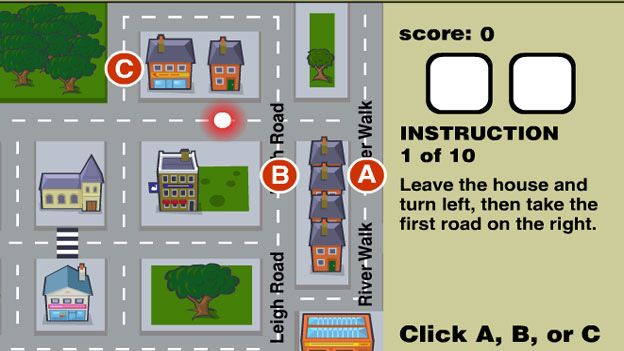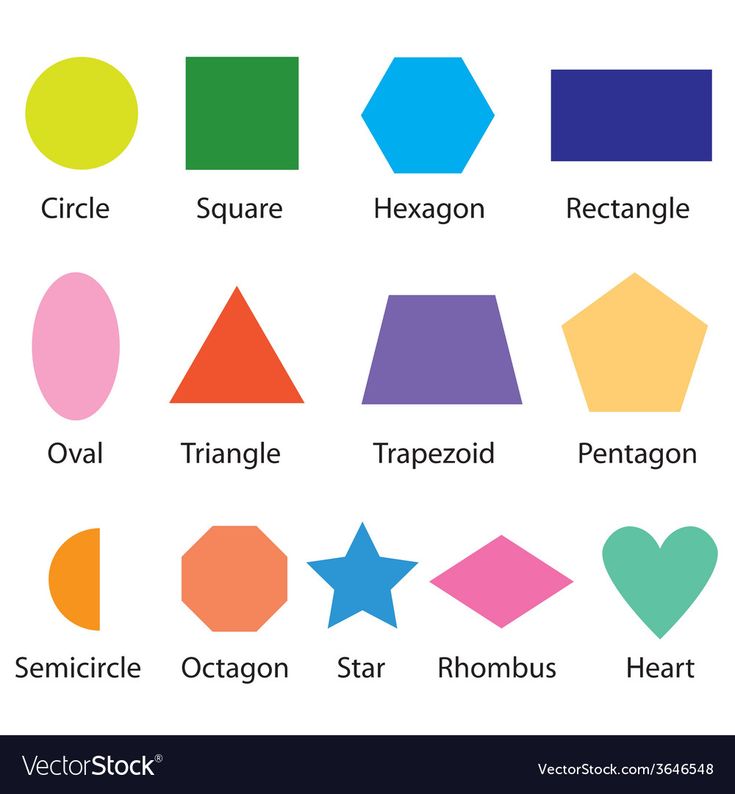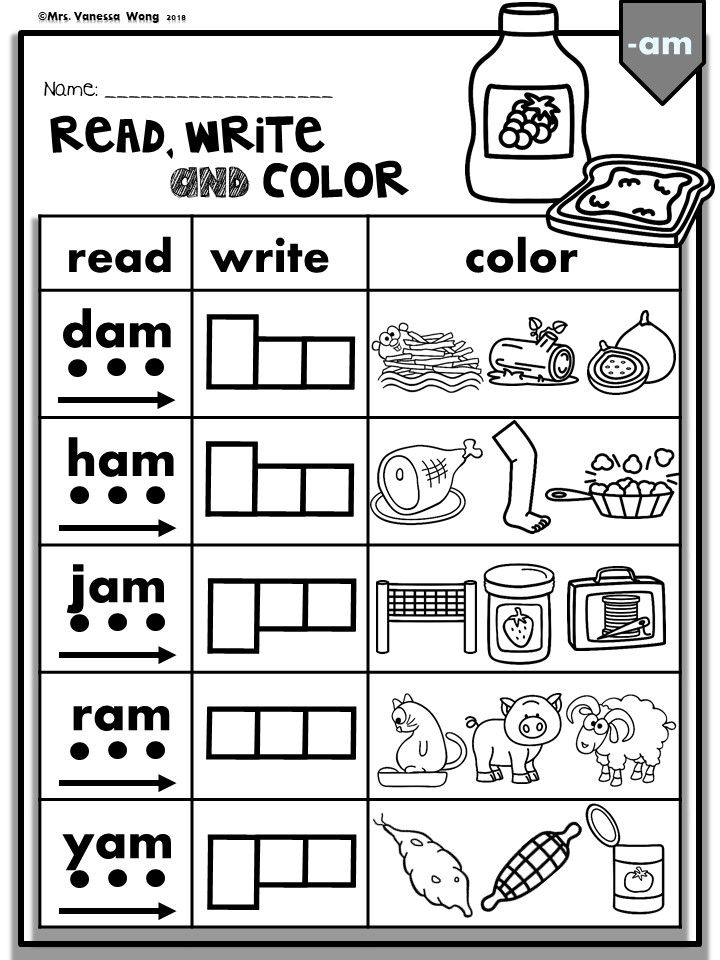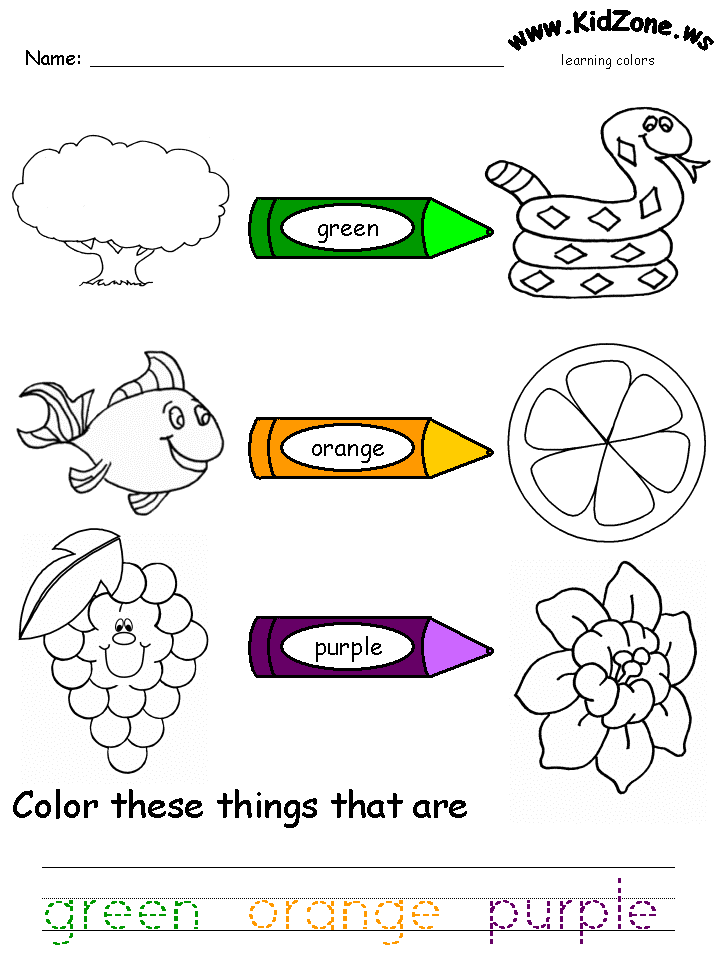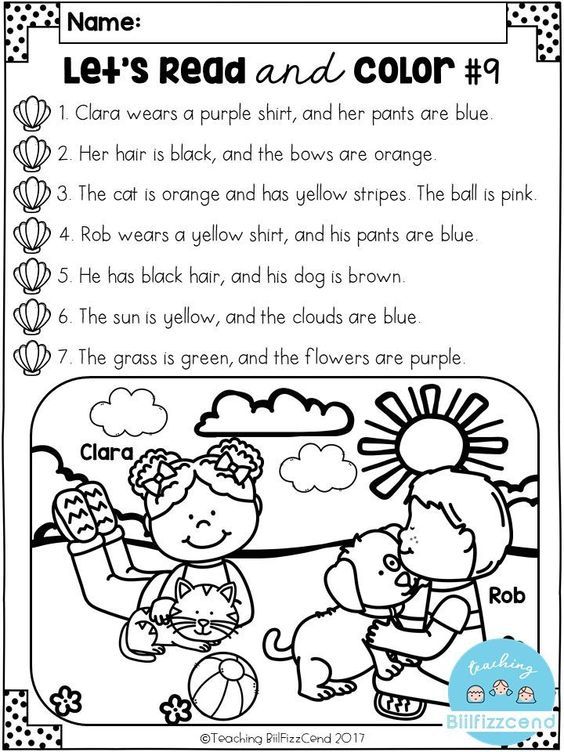Following directions activity for adults
Team Building Activities for Following Directions
When you look up ideas for a following directions game online, you might be surprised to find that most of the articles are directed towards teachers and parents working with children.
While it's true that kids might sometimes need a little help remembering to listen to their caregivers, this is still an important skill for many adults to practice – especially in the business world, where employees often need to follow their boss's directives even when they disagree with the commands.
Following directions games for adults can be a fun way to remind your team of the importance of doing what they are told.
Play Simon Says
Yes, this is a kids' game, but this classic game is one of the best activities for making people practice following directions while using active listening.
Start out by using "(your name) says" and trying to slip people up by periodically using another name, especially "Simon" and occasionally not saying any name.
Remind your team that they can be disqualified by either doing something that you didn't tell them to do, or by not doing something you told them to do.
Remember that you're not playing with children, so it needs to be a little more fast-paced and challenging in order for people to actually drop out of the game.
That means coming up with more difficult activities, such as saying the alphabet backward or reciting the company's mission statement. It also means doing things to trick participants into doing what you're doing rather than just what you're saying. For example, say, "OK now, rub your stomach," while you hop up and down.
While physical activities can tire out your team members and make them more likely to slip up, keep the physical limitations of your staff in mind while playing. A person who is handicapped shouldn't be disqualified because she couldn't run to the window just like an overweight person shouldn't be disqualified because he can't do a pushup.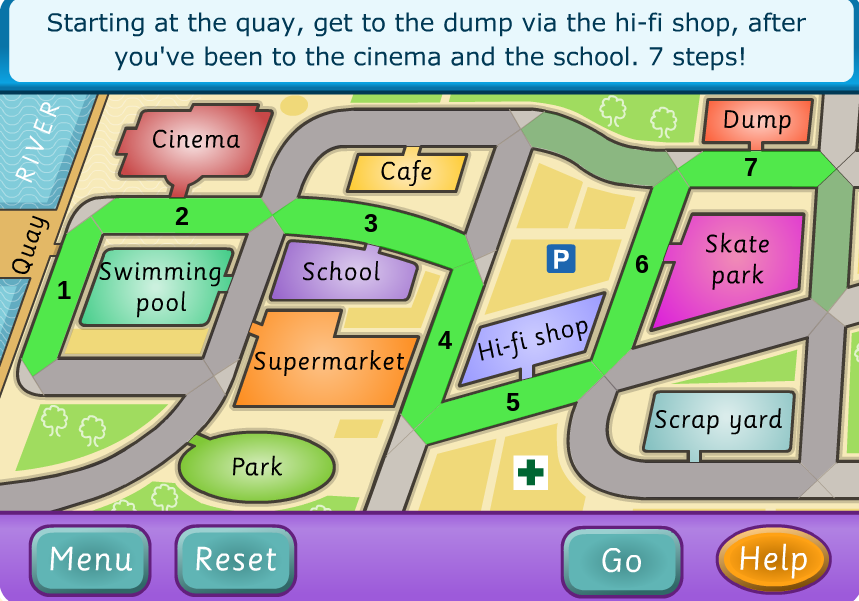
Make a Team With...
This fun game is great as both an icebreaker and as a way to encourage following directions quickly.
Get your team together in a room and then tell them that they're going to need to form teams as quickly as possible based on the criteria you shout out. Then, tell your employees to get in teams of "people who have the same number of pets as you," "people who like the same types of TV shows as you," "people who have the same favorite color as you," etc.
Tell them to sit down once they've sorted themselves into groups so you know when they're all sorted.
You can repeat this game with different instructions as many times as you want, hopefully moving on to more in-depth team building activities once your group gets to know each other a little better.
Jenga Block Challenges
Jenga is a fun game of strategy, but it's made even more fun when you write "dares" on each of the blocks and require the person who draws the blocks to follow the directions on it.
This game not only encourages people to follow orders without thinking too much, but also can help make people feel less self-conscious, making it a great icebreaker for people just meeting one another or a fun intro for a longer team building session.
To play, be sure to write your dares on the top of the blocks before starting, keeping in mind any physical limitations of your team members or of the location where you'll be playing. Don't feel like you need to come up with new ideas for each block, you can repeat the dares. Examples may include:
- Sing a Disney song for 15 seconds
- Dance for 15 seconds
- Tell a joke
- Do your best impression of a celebrity
- Run around the room as fast as you can
You can also make the game more challenging with blocks that require players to do things on their next turn. For example:
- Play the next turn with your eyes closed
- Play the next round with one foot up in the air
- Spin in circles for 10 seconds before taking out your next block
The Workplace Minefield
This is one of the most famous of all team building activities, which makes sense because it works on so many important skills:
- communication
- leadership ability
- active listening
- following directions
- trust
- teamwork
To play this game, find an empty conference room, a parking lot or a field where your employees have a decent amount of room to stumble around blindfolded.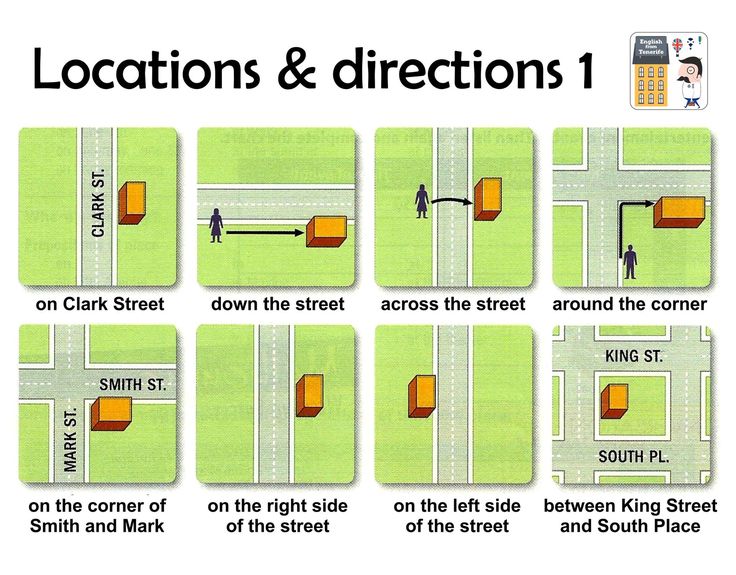 Then, set up traffic cones, paper plates or other small objects to be used as "mines." Break your group into teams of two and then have each team pick a leader.
Then, set up traffic cones, paper plates or other small objects to be used as "mines." Break your group into teams of two and then have each team pick a leader.
Going one team at a time, have the leader tie a blindfold over the eyes of the other player before asking her to spin in circles five times so she loses her sense of direction and forgets where the mines are. The leader can only use five words (forward, backward, left, right and stop) to guide the blindfolded person across the minefield, hopefully avoiding all the mines.
After all teams have gone once, switch the leaders so the person who was blindfolded now navigates his former leader across the minefield.
Following Directions Activity for Adults
While the workplace might not be a place for religion, many employees would find a lot of comfort through the famous Serenity Prayer written by Reinhold Niebuhr.
The most famous lines of the prayer say, "God, grant me the serenity to accept the things I cannot change, the courage to change the things I can and the wisdom to know the difference.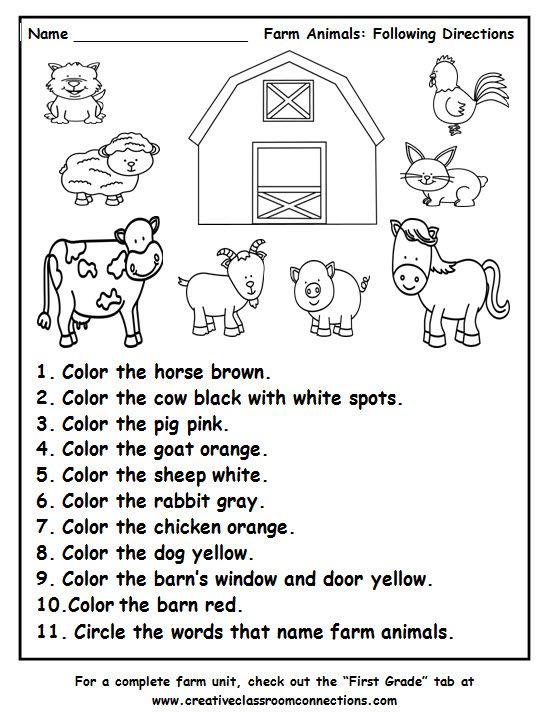 " Since employees often find themselves doing something they don't particularly want to do, it can be useful to try this following directions activity for adults that asks participants to recognize whether they should Control, Influence or Accept a situation.
" Since employees often find themselves doing something they don't particularly want to do, it can be useful to try this following directions activity for adults that asks participants to recognize whether they should Control, Influence or Accept a situation.
This game is always a little more serious than many other team building activities, but it can be very serious or a bit more lighthearted depending on what kind of situations you ask about.
Generally, real situations that have come up in your office can make the game more intense, whereas hypothetical scenarios won't be as difficult to deal with. That being said, using real situations may help your employees more effectively grasp the concept of this activity and work through some emotional issues.
It's important to recognize that some topics used in this activity might be difficult to talk about and it is important for the facilitator to emphasize that you are in a safe, trusting environment and if anyone does feel particularly uncomfortable, they are welcome to not participate.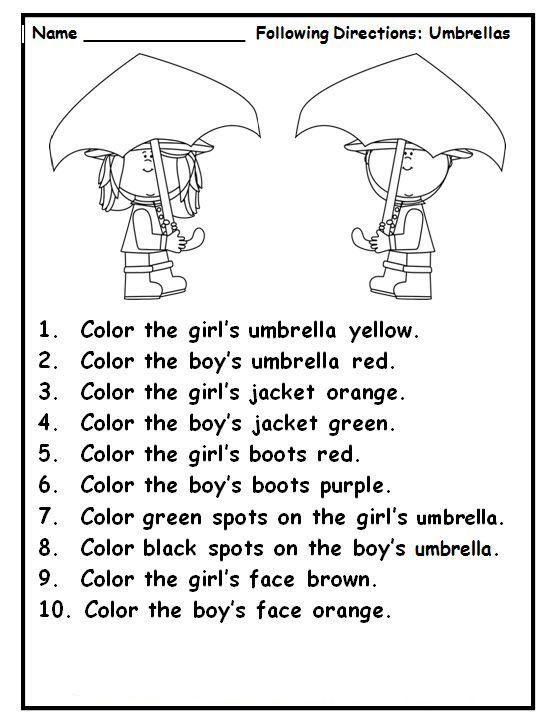
For this exercise, first decide on the scenarios you'd like to work with; you can also ask employees to pick scenarios once you explain how the game works.
Ideas include a co-worker telling inappropriate jokes, a manager retiring, a wasteful company procedure, etc. Once you've picked topics, discuss them one at a time, determining if the employees in the situation can exert control over it, influence (but not control it) or if they just have to accept the way things are.
If the employees can control or influence the issue, discuss the best way for them to do so.
Picture Pieces Game
While this game doesn't actually involve listening or following commands as much as many other following directions activities, it helps illustrate why your workers should follow their boss's commands even if they don't immediately see the point.
That's because this activity emphasizes that while your employees may not be able to always see the bigger picture, by doing what their bosses say, they're working towards the company's larger goals.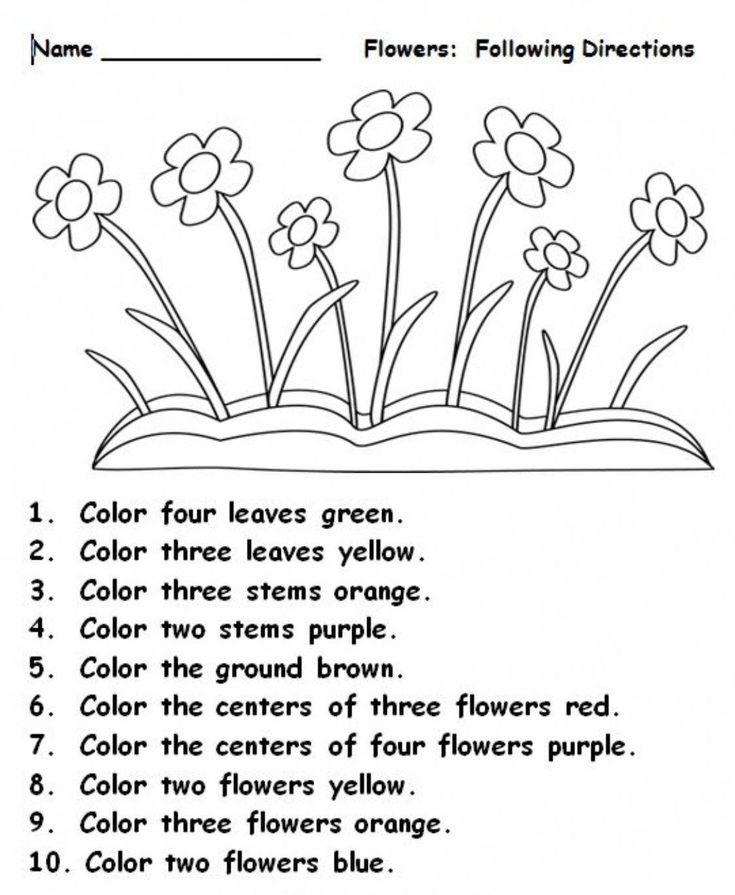
For this activity, you'll need to choose a famous well-known image like the Mona Lisa, the Starbucks logo or a picture of the Eiffel Tower. Then, print it on a letter-sized sheet of paper (the more people you have, the larger it should be).
Finally, cut the image into same-sized pieces equal to the number of employees in your group. Ideally, no piece should give away the subject and each piece should have the same level of detail.
When you assemble your group, hand everyone a piece of the picture, a sheet of paper and art supplies like crayons, markers, pencils with erasers and/or colored pencils.
Then tell your employees they need to recreate their piece of the image so it fills up the entire piece of paper they were given. When everyone has finished, ask them to put their pieces together so it recreates the original on a much larger scale.
The new creation can proudly be displayed in your office as a reminder of what happens when people work together towards the bigger picture.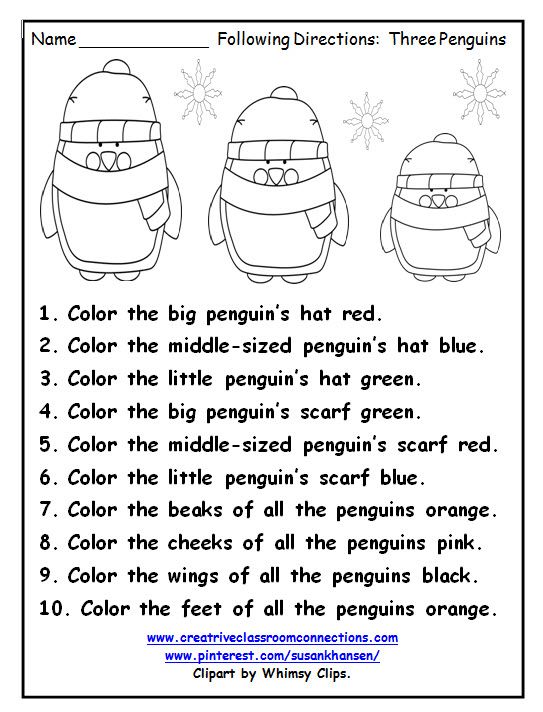
Back-to-Back Drawings
Here's another fun, artistic team building activity. This one directly involves listening carefully and following directions. Start by printing a variety of simple abstract images (things like a group of circles, lines, etc.), making sure you have one for each employee.
Then, break your group into teams of two and ask them to sit back to back.
Give one employee art supplies and give the other employee one of the images you printed out. Tell your employees that the person who has the picture must carefully describe it to the other person. Once the drawing is complete, the person who was drawing should come get a new image and give the art supplies to the person who previously described their image.
Once everyone has finished their drawings, you can bring the whole group together to compare their masterpieces, which can be displayed in the office if you want.
Plane Crash Survival
In this game, the actual manager of your group serves as the leader of plane crash survivors in the Arctic and helps guide them to create shelter so they can survive the freezing temperatures.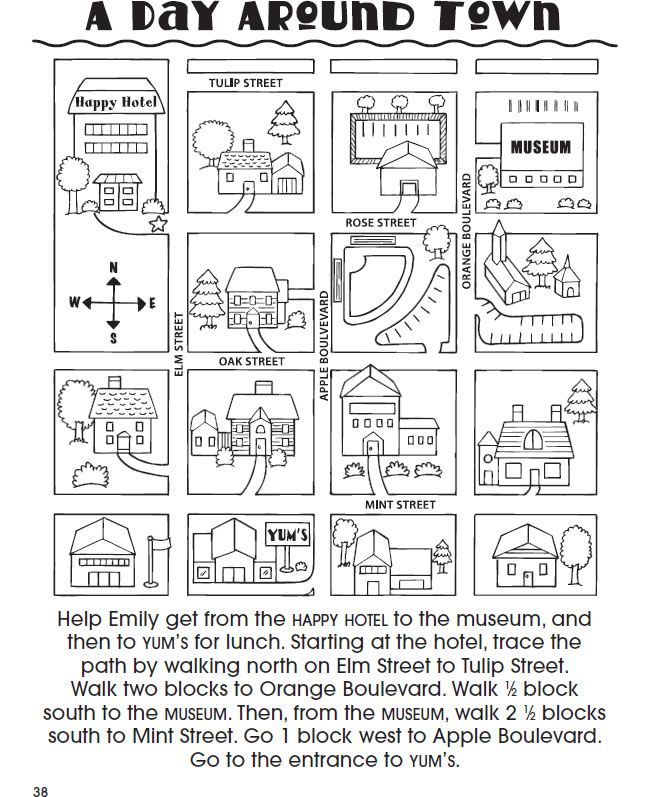 Start by laying out parts to put together a folding tent in an area large enough to assemble it. Set up the scenario by telling your group to imagine that they were in a plane crash in the Arctic.
Start by laying out parts to put together a folding tent in an area large enough to assemble it. Set up the scenario by telling your group to imagine that they were in a plane crash in the Arctic.
The manager has been injured and can't move, but the rest of the team was blinded by snow and smoke.
Sit the manager in a chair, give her the instructions for the tent and tell the rest of the team to put on blindfolds. The manager must then guide his team to help construct the tent in under 15 minutes. If you have two or more different departments, you can instead have them work competitively to see who can assemble their tent the fastest.
8 Best Following Directions Activities Ideas For Adults
Being conscious about things around and having a gripping knowledge of the directions and proportions may be crucial to execute tasks faster. Some adults may identify a need to work on these abilities, to swift up their daily routine and working style. Maybe getting indulged in some appropriate activities may succor.
Maybe getting indulged in some appropriate activities may succor.
In easy terms, following directions may imply that a person may be attentive enough to comprehend and retrace the sides as instructed. For this, abstract and spatial knowledge of various sides like left, right, north, and south is necessary.
In this post, we will talk about the same, and list out a few activities which can help adults with directions even more!
Ensuring right choices- How did we choose right direction activities?There can be a large number of options to opt for as activities to practice directions, ensuring a few eminent attributes may make them appropriate for adults. Accordingly, we warranted the following features in the selections that we have crafted.
- The campaign must ensure the engagement of the person; this amplifies the speed and motivation to learn.
- Most of these options are outdoor activities that stimulate physical activity.
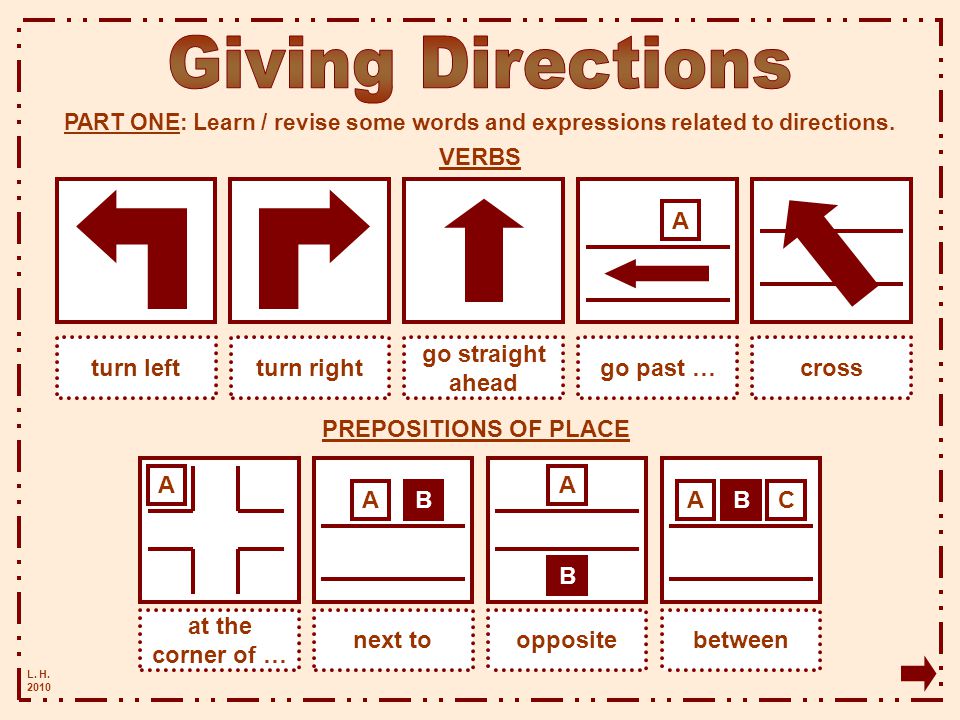 A few options are indoor as well, which can be employed in bad weather situations effortlessly.
A few options are indoor as well, which can be employed in bad weather situations effortlessly. - The choices stated here are all guided by a leader/ mentor. Having an attendant may warrant the righteous application of the strategy.
- All the activities depicted here can be employed with routine entities—this way, no additional preparations, and expenses need to be incurred.
Campaigns that invoice directions often work towards amplifying awareness of the body to objects around them. In adults or any other learners, Directional campaigns may have the following edges:
- With a gripping sense of direction, the individual can relate their body movements and thereby improve their spatial awareness.
- As these activities often involve the individual to mobilize better, motor skills may also be ameliorated.
- The individuals can spatially learn about various directions by listening to the commands of the mentor or the partner.
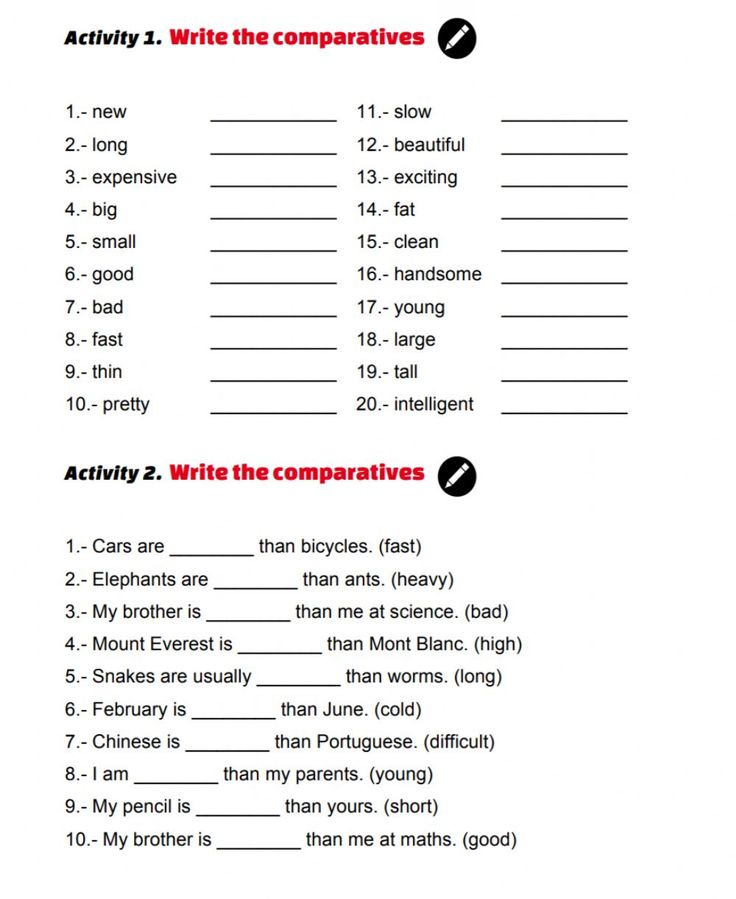
It may be a fair option for the leader to design a fitting activity to ameliorate direction in adult learners. The picks elucidated here are carefully crafted to assist the same. Consider traversing through these campaigns to employ:
1. Blinded-MazeThe teacher draws an imaginary line on the floor before the inception; this line is a path for the person to travel on. To start with, aspirants are divided into pairs- one horse and another chariot. The horse is blindfolded; now, the chariot behind the horse gives directions to them through the line to the end. The horse needs to memorize the path, especially the direction, during this journey.
Later, when the moderator or host asks, they need to explain the path with appropriate directions. For instance, the horse may say, ”after one left, I had turned to the right a couple of times and moved forward to turn left again.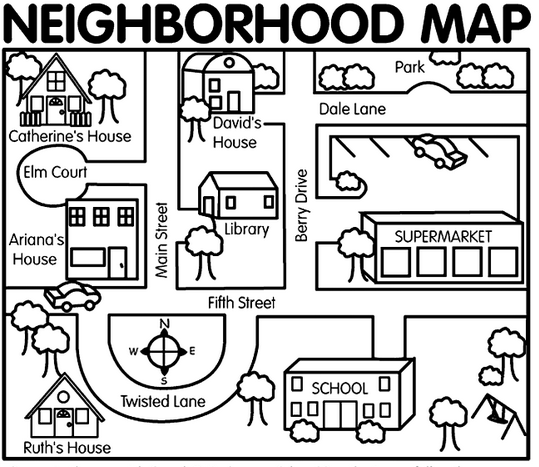 ”
”
As it is often outdoors, the activity often acts as a recreation campaign for learning adults along with enhancing the directional abilities.
2. Array those CrayonsArranging a set object needs the person to have a gripping sense of direction. This activity lets the practice of the same. To start with, the moderator procures a set or 36 crayons set and shuffles their arrangement in the box itself.
Now the individual is called upon and is asked to arrange them in VIBGYOR style from right to left by moving only one crayon at a time. The host can direct the player to the right placement of these crayons.
This way, the sense of direction is stipulated and ensures practice of the same. To add to the complexity, the moderator can also set a time limit to finish the task.
3. Dancing MovesShaking hands and legs in a specific way often accommodates the knowledge of directions. Fascinatingly, it is proven too.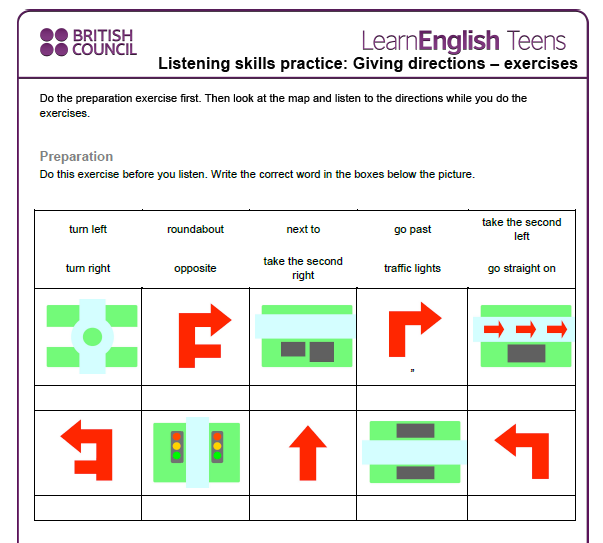 Research by Temple BA[1] shows that dance and movement can enhance spatial awareness in the person. Consequently, this strategy may be turned into an enticing campaign.
Research by Temple BA[1] shows that dance and movement can enhance spatial awareness in the person. Consequently, this strategy may be turned into an enticing campaign.
To start with, the leader needs to procure a music system with retro music. Now, the instructor shows a few simple moves involving shaking hands and legs in a particular order and gives a brief explanation about the same to the learners. Now, the individual needs to appropriately mimic the movement by ensuring proper sequencing of hands and leg displacement with the directions of the moderator.
This activity often stipulates discipline and a sense of direction. Further, they can also comprehend how hands are often retained. Moreover, this activity assists in learning to grasp directions with time.
4. Google MapsGoogle maps is well known to guide drivers with appropriate directions to the destination; the same strategy may be employed to create an exhilarating activity.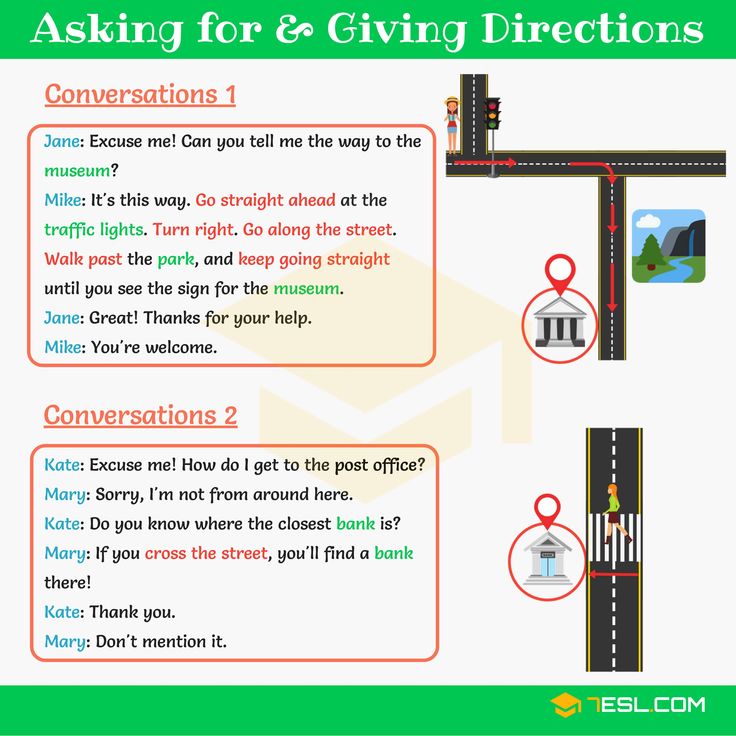
To start with, the leader divides the learners into pairs-one Driver and the other Assistant. Now, they are taken outdoors to start the campaign. The moderator clearly shows the destination to the Assistant. Now, the assistant guides the driver to reach the destination by giving timely directional suggestions. For instance, the assistant can help by saying, “turn left after 3 steps!”.
This way, the driver can get an admirable chance to infer and practice directions as a part of the activity. This outdoor activity supports the driver to ensure gripping directional knowledge. Further, the complication of the activity can be altered by the instructor at any time.
5. 360 DegreesTo start this activity, the moderator needs to procure a set of four trays and around 10 daily-use objects like pens, pencils, scissors, and a few others. The individual is made to sit, and the four trays are kept on the four sides in such a way that they are accessible to them easily, then these ten entities are given.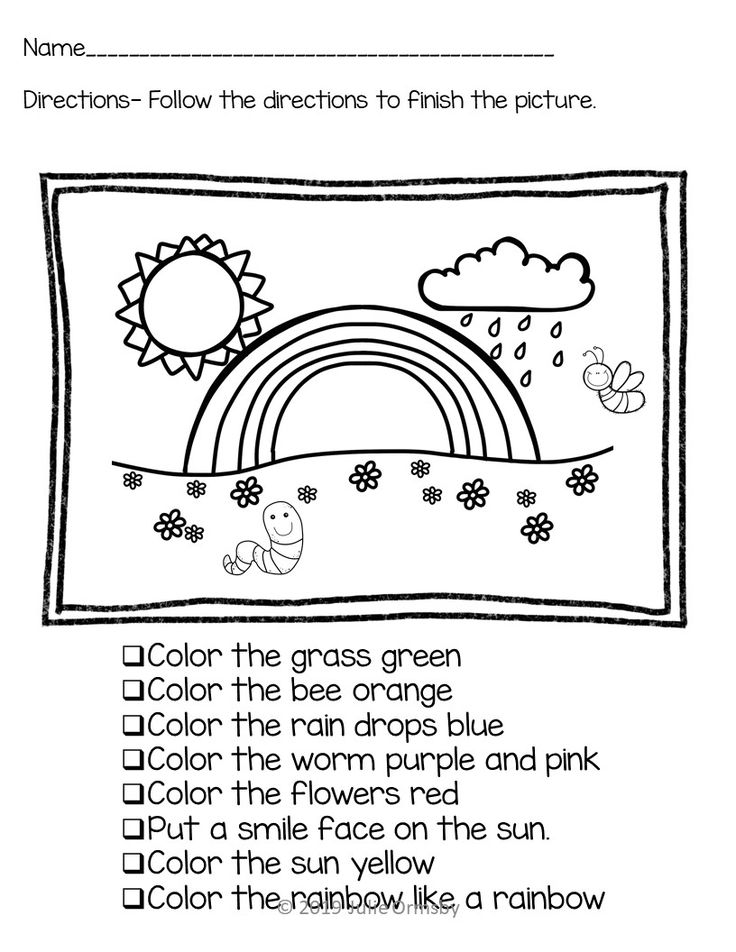
Now, the host starts instructing what needs to be done, and the player needs to follow the same as soon as possible. For example, the leader may instruct- ‘Put the pen to the right’, then the individual places the pen on the right-side tray or ‘Put the pencil in the tray behind the left tray’. This activity may continue for any time frame.
The edge is that the players get reasonable accommodation to their directions as the activity goes on.
6. Directional ScreenerDistinguishing some entities in pairs may be essential to employ them in the right direction. For instance, in a pair of socks, it is often necessary to separate the right and left one to wear it appropriately. With this activity, the individuals can clearly make out more about the directions better.
To start with, the leader procures 10 entities that are available in pairs. These include Socks, shoes, gloves, ear pods, earrings, Badges, and some more. The instructor shuffles these items up and then calls upon the individual.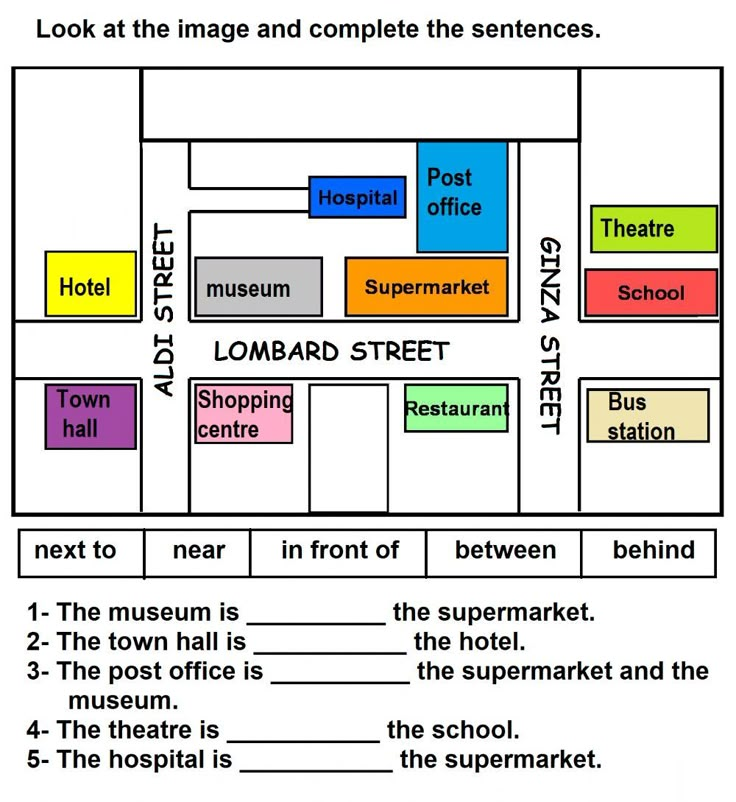 Now the individual needs to segregate these items based on left and right. They need to place all the right-sided items to the left side and vice versa.
Now the individual needs to segregate these items based on left and right. They need to place all the right-sided items to the left side and vice versa.
This activity succors those people who may have occasional bewilderness identifying these pairs. Also, placing the items to the other side based on instructions stipulates the sense of direction over time.
7. Yoga and PracticePhysical activities like dance and medication may need the individual to have good knowledge about the directions. To start the activity, the mentor takes the people to an open place like a garden or a ground. Now the mentor does yoga while they instruct the same about how to do it. The learners need to follow their commands and can also look at them to notice what needs to be done. For instance, the mentor may raise their left hand and turn right, they also speak about the same. The students need to listen and follow the same.
This activity lets the individuals not only learn about various directions like left-right, top, and forward but also may ensure physical fitness.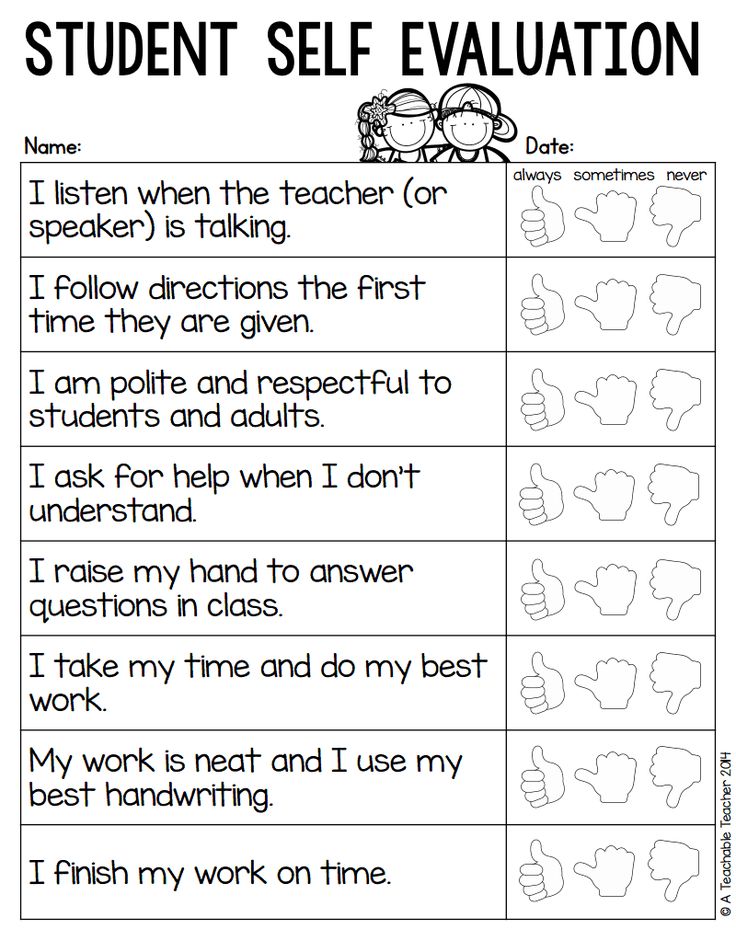
Letting the player know the direction to follow directions may be facile over time. Consequently, offering indirect cues of directions may create excitement and complexity in the activity.
To start the activity, the instructor chooses a ground or a garden to conduct it and procures 10 boxes, papers, and a pen. The leader starts writing hints about the direction on paper and places it in the boxes; these are placed in relevant places on the garden or ground
Now the individual starts the activity with one chit in hand. They need to decode the direction and get to the next box. The campaign gets completed when all the boxes are decoded. The hints can be simple or complex based on individuals. For instance, to depict the left direction, the hint may be, “The armor of Captain America.”
This activity may replicate the treasure hunt, and thereby ensure an engrossing training session.
Summing up,Directions determine the location and demography.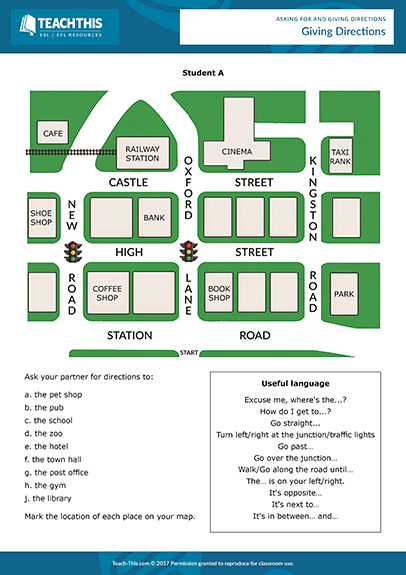 For that reason, ensuring mastery is often crucial. Be it traveling to the workplace, or organizing items on the shelf, adults may often employ directional knowledge in their daily routine.
For that reason, ensuring mastery is often crucial. Be it traveling to the workplace, or organizing items on the shelf, adults may often employ directional knowledge in their daily routine.
People often get versed with activities and games at a preliminary level of education but may lose their significance as the grades increase. The above-mentioned picks may rejuvenate the exhilaration of activity-based learning. Even with minor changes, you may apply these picks to measure how these assist in learning about directions.
References:
- Temple, B. A., Bentley, K., Pugalee, D. K., Blundell, N., & Pereyra, C. M. (2020). Using Dance & Movement to Enhance Spatial Awareness Learning. Athens journal of education, 7(2), 153-167.
The main activities of a teacher - school psychologist
The main activities of a teacher - school psychologist
The main activities of a school psychologist are:
- psychological education,
- psychological prevention,
- psychological counseling,
- psychological diagnostics,
- psychological correction.
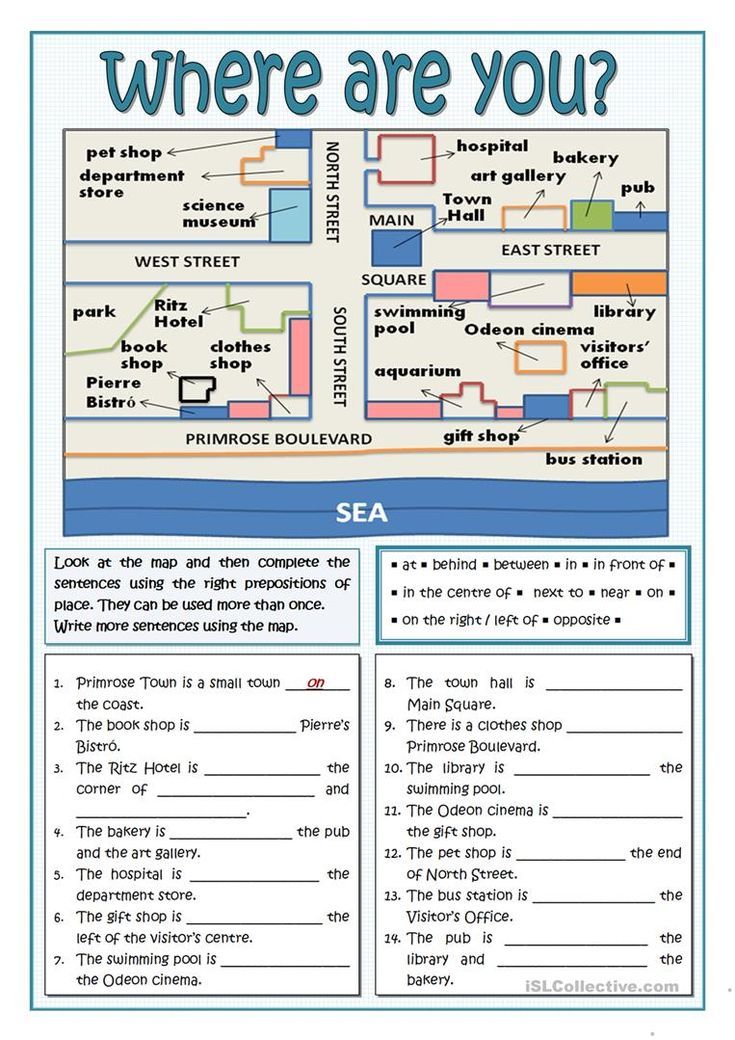
In any particular situation, each type of work can be the main one, depending on the problem that the psychologist is solving.
1. Psychological education
In our society there is a lack of psychological knowledge, there is no psychological culture that implies interest in another person, respect for the characteristics of his personality, the ability and desire to understand one's own relationships, experiences, actions, etc.
Psychological education – is the introduction of adults (educators, teachers, parents) and children to psychological knowledge.
The main purpose of psychological education is to:
1) to acquaint teachers and parents with the basic patterns and conditions for a child's favorable mental development;
2) popularize and explain the results of the latest psychological research;
3) to form the need for psychological knowledge, the desire to use it in working with a child or in the interests of developing one's own personality;
4) introduce students to the basics of self-knowledge, self-education, self-regulation.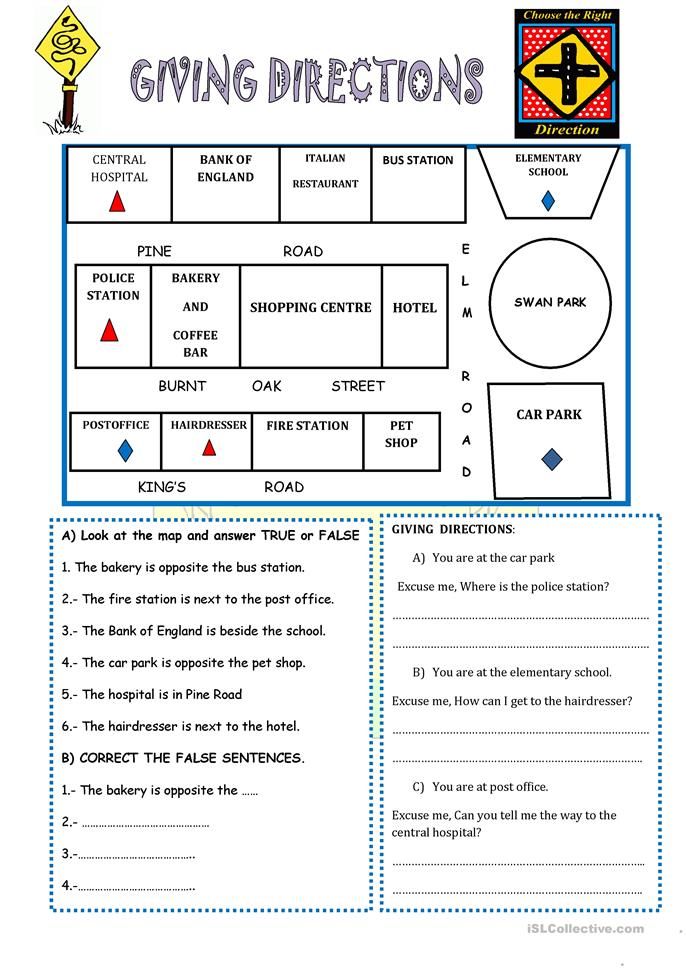
5) achieve an understanding of the need for practical psychology and the work of a psychologist in an educational institution.
Forms of psychological education:
- lectures,
- conversations,
- seminars,
- exhibitions,
- literature selection,
- speeches at parent meetings, etc.
2. Psychological prophylaxis
Psychoprophylaxis – is a special type of activity of a child psychologist aimed at maintaining, strengthening and developing the psychological health of children at all stages of preschool and school childhood.
Psychological prevention involves:
1) responsibility for the observance in the children's educational institution of the psychological conditions necessary for the full mental development and formation of the child's personality at each age stage;
2) timely identification of such features of the child, which can lead to certain difficulties, deviations in his intellectual and emotional development, in his behavior and relationships;
3) prevention of possible complications in connection with the transition of children to the next age level.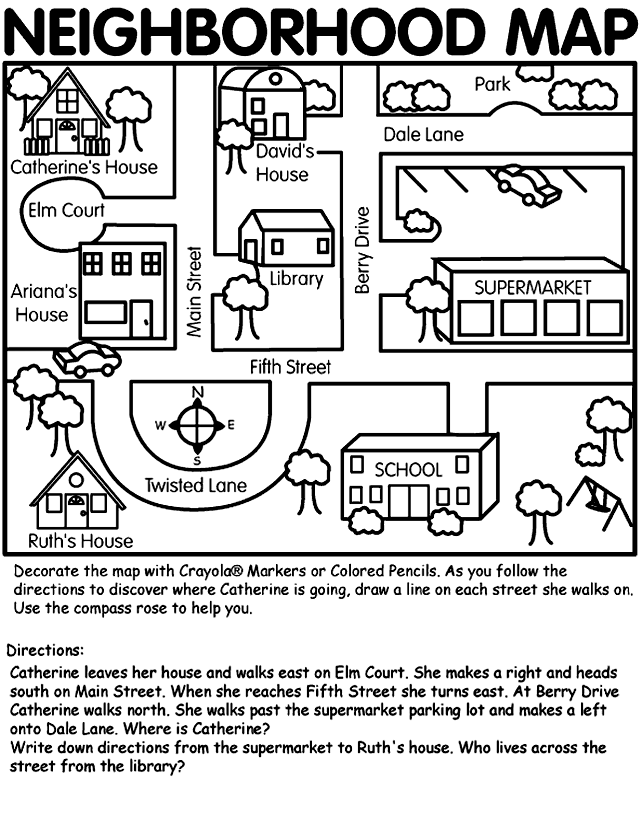
Domestic psychologists believe that the meaning of psychoprophylactic activities is to support and strengthen the mental and psychological health of children and schoolchildren.
The content of psychoprophylactic work
Psychologist develops and implements developmental programs for children of different ages, taking into account the tasks of each age stage.
· The psychologist reveals such psychological characteristics of the child that may further determine the occurrence of certain difficulties or deviations in his intellectual or personal development.
· The psychologist prevents possible complications in the mental development and formation of the personality of children in connection with their transition to the next age level.
· —
· Psychologist takes care of creating a psychological climate in a children's educational institution. A comfortable psychological climate is the result of the interaction of many components that make it up, but the central point here is the communication of children with adults and peers, as well as adults with each other.
A comfortable psychological climate is the result of the interaction of many components that make it up, but the central point here is the communication of children with adults and peers, as well as adults with each other.
The psychologist should try to create human relations between parents and teachers.
3. Psychological consultation
Counseling is an essential area of work for a practical psychologist.
Advisory work at school has a fundamental difference from that which is carried out by a psychologist in district or other consultations on the education and upbringing of children and schoolchildren. The psychologist of education is located directly within the social organism where both positive and negative aspects of the relationship between teachers and children, their certain qualities, their successes and failures, etc. are born, exist, develop. He sees each child or adult not himself on its own, but in a complex system of interpersonal interaction and provides counseling in unity with other types of work and in the analysis of the whole situation as a whole.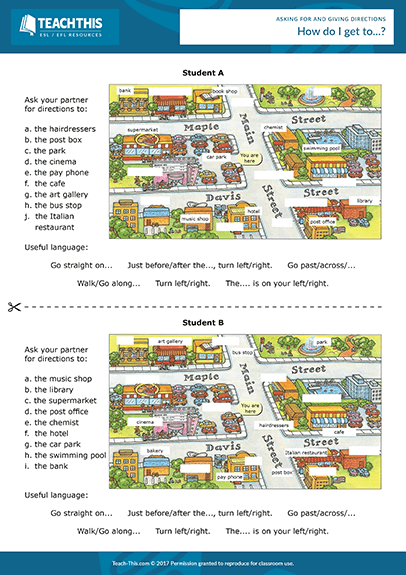
Consultations are carried out for educators, teachers, administration of an educational institution, students, parents: they can be individual or group.
The main problems for which parents turn to a psychologist : how to prepare children for school, lack of interest in children, unwillingness to learn, poor memory, increased absent-mindedness, disorganization, lack of independence, laziness, aggressiveness, increased excitability or, conversely, timidity, timidity; career guidance, the attitude of the child to adults in the family, to younger (older) sisters or brothers.
students themselves turn to the school psychologist, mainly on issues of their relationships with adults and peers, self-education, professional and personal self-determination, culture of mental work and behavior, etc.
In direct contact with children, the psychologist works together with them to solve their problems. This is the so-called direct consultation.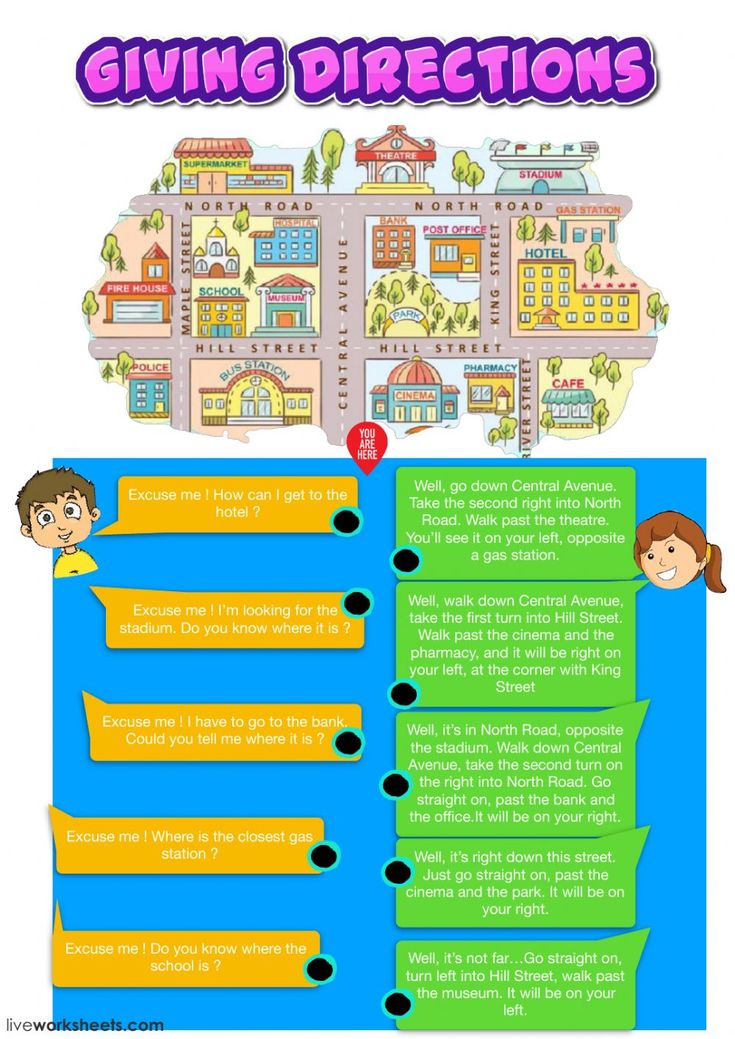 Sometimes he consults teachers or parents about certain problems of children, i.e. resorts to indirect, indirect counseling, subject to certain conditions.
Sometimes he consults teachers or parents about certain problems of children, i.e. resorts to indirect, indirect counseling, subject to certain conditions.
We conduct psychological counseling when someone comes to us with a problem, i.e. the problem already exists, it is too late to prevent its occurrence, it is necessary to provide assistance. In this case, it is necessary: a) first to clarify and comprehend the problem, to find means for solving it; b) only then try to prevent, prevent the occurrence of similar problems in the future.
The psychological meaning of the consultation is to help the person solve the problem himself. Only in this way will he be able to accumulate experience in solving similar problems in the future.
It is important that the consultation is voluntary. Many psychologists testify that it is very difficult to "force" an educator, a teacher to consult. It is better when the initiative comes from themselves, because in this case they are aware of the existence of the problem and are motivated to solve it.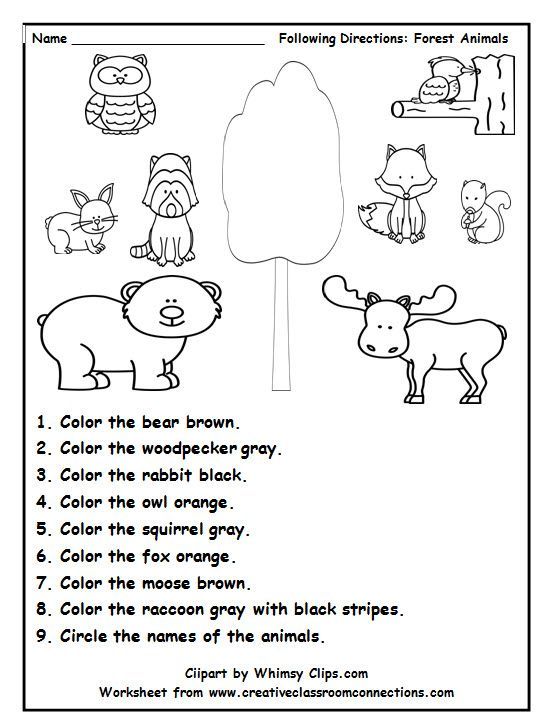 In addition, you need to understand that a psychologist is not a magician who has a magic wand in his arsenal, and also not a doctor who can give a pill to relieve a symptom. Therefore, the most important thing when counseling adults and children is taking responsibility for what happened and the desire to work on the problem.
In addition, you need to understand that a psychologist is not a magician who has a magic wand in his arsenal, and also not a doctor who can give a pill to relieve a symptom. Therefore, the most important thing when counseling adults and children is taking responsibility for what happened and the desire to work on the problem.
If the problem requires in-depth study, then the psychologist can recommend other specialists practicing this area, most often, they are psychotherapists. Psychotherapeutic work is not carried out at school, even if the professional level of specialists allows it.
Carrying out advisory work at the school, the psychologist solves the following specific tasks:
1. Consults the school administration, teachers, parents on the problems of teaching and raising children. Consultations can be both individual and collective. Experience shows that teachers of different classes, with different pedagogical experience, most often turn to a psychologist about the uncontrollability of individual students, in whom they see intruders and the perpetrators of complicated relationships.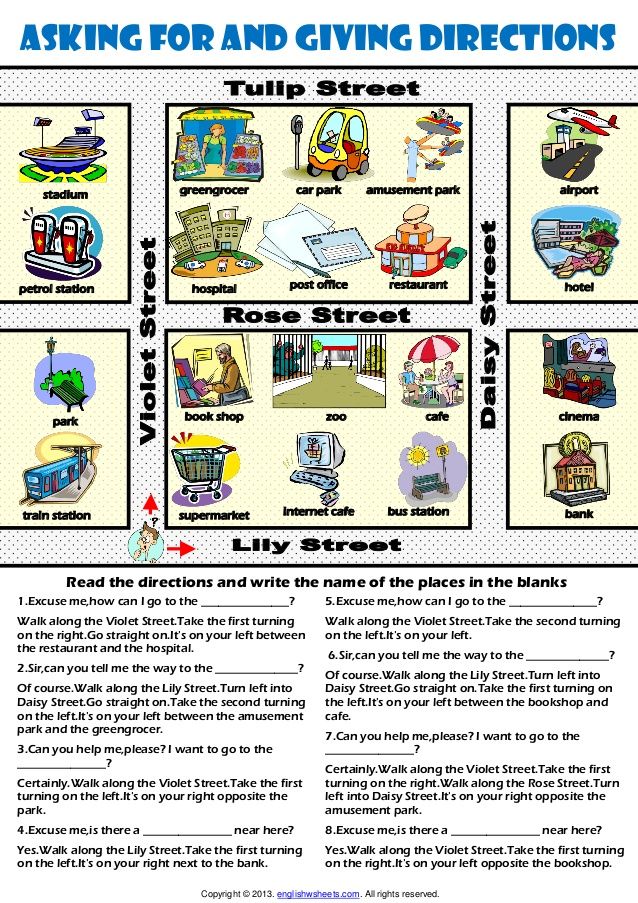
Counseling parents is no less difficult. Often, parents come to a psychologist on the strong recommendation of the principal or class teacher, and in most cases it is difficult to accept the versions of the psychological causes of deviations in the behavior and learning of their children. They quite often try to divert the conversation from the search for the causes of the emergence of one or another psychological quality of the child in the sphere of family relations, everyday life. The psychologist should always keep the interests of the child in the center of attention and try to avoid the danger of immersing himself in the investigation of endless marital or personal problems of the parents. Although, of course, you need to understand that the problems of children are the problems of parents. The child acts as a symptom of the family. If parents see this and accept it, the problem will be solved; if they don’t accept it and don’t want to see it, then it’s unlikely that anyone will help them.
2. Provides individual counseling to students on issues of learning, development, problems of life self-determination, relationships with adults and peers, self-education, etc. etc.
4. Helps to improve the psychological culture of teachers and parents through individual and group consultations, participation in teachers' councils, methodological associations, school-wide and classroom parent meetings.
5. At the request of the people's courts, guardianship and guardianship authorities, commissions and inspections for minors, as well as other organizations, conducts a psychological examination of the mental state of the child, the conditions of family education in order to make more informed decisions by the relevant authorities related to determining the future fate of students (deprivation of parental rights, sending a student to special educational institutions, etc.)
4. Psychological diagnostics
The competence and duties of a school psychologist include identifying the characteristics of a child’s mental development, the formation of certain psychological neoplasms, the correspondence of the level of development of skills, knowledge, skills, personal and interpersonal characteristics to age guidelines, the requirements of society, etc.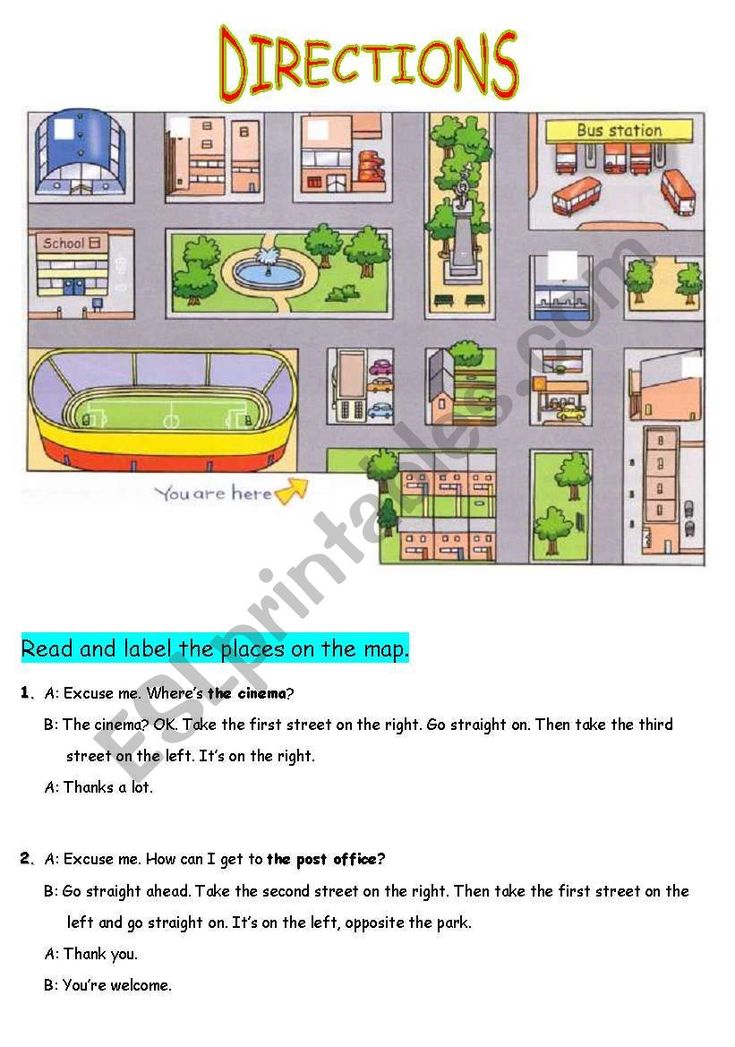 Therefore, it is psychodiagnostics as an activity to identify psychological causes of problems, difficulties in teaching and educating individual children, by determining the characteristics of the development of their interests, abilities, the formation of personal formations is in the center of attention of the psychological service of education and has its own specifics.
Therefore, it is psychodiagnostics as an activity to identify psychological causes of problems, difficulties in teaching and educating individual children, by determining the characteristics of the development of their interests, abilities, the formation of personal formations is in the center of attention of the psychological service of education and has its own specifics.
The task of psychodiagnostics is to provide information about the individual mental characteristics of children, which would be useful to them and those who work with them - teachers, educators, parents.
A practical psychologist is faced with the task of studying how a particular child learns and perceives the complex world of knowledge, social relations, other people and himself, how an integral system of ideas and relations of a particular child is formed, how his individuality develops. The measurement of a particular mental function or the identification of a personality characteristic outside the context of the holistic development of the child does not make sense for a practical psychologist.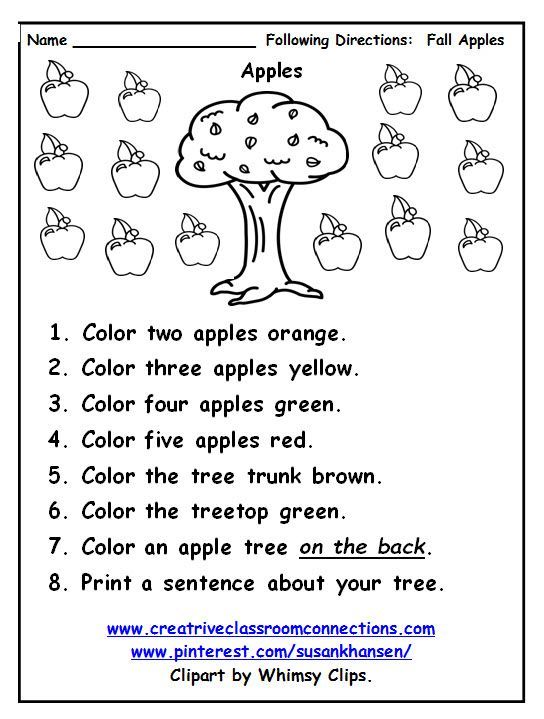
A psychologist must be proficient in a wide variety of methods. In order to more deeply and subtly determine the causes of this or that psychological phenomenon or formation, the psychologist needs to be able to appropriately combine observational data and his own impressions with the conclusions obtained as a result of the use of tests and other objective methods.
You can find the diagnostic referral plan here.
Psychological diagnosis
An important stage in the psychodiagnostic work of a psychologist is the formulation of a conclusion about the main characteristics of the studied components of the mental development or formation of the child's personality, in other words - psychological diagnosis . This is the central stage, in the name of which all the previous ones unfold and on the basis of which the subsequent ones can be built. The diagnosis is not simply made according to the results of a psychological examination, but necessarily involves correlating the data obtained in the examination with how the identified features manifest themselves in the so-called life situations (vital indicators).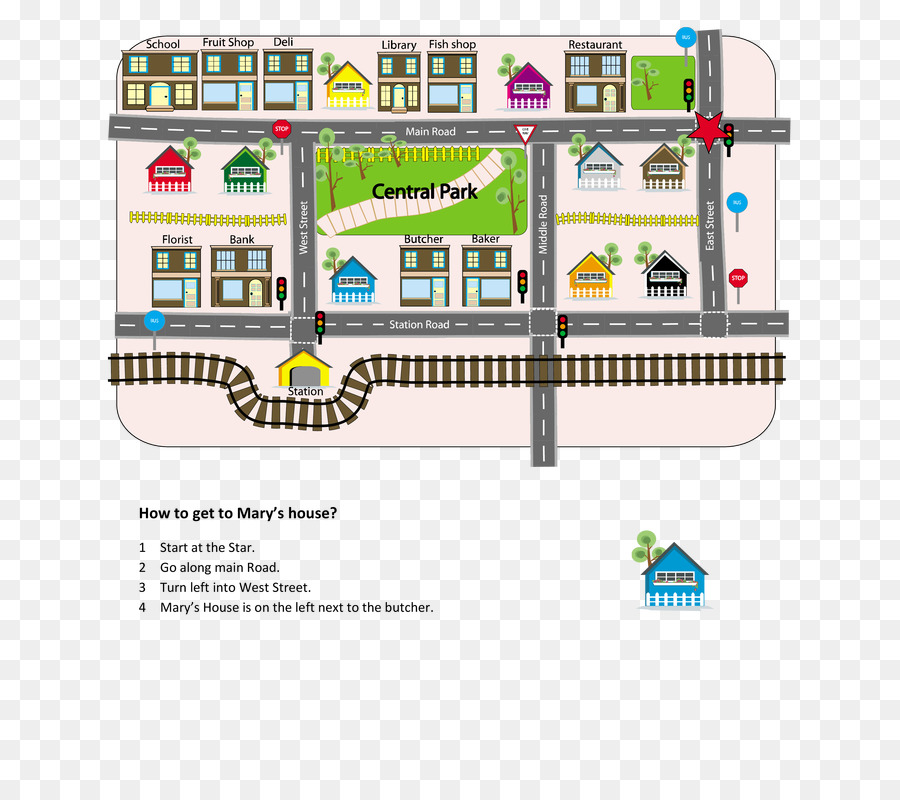 Of great importance in making a diagnosis is the age analysis of the data obtained, and taking into account the zone of proximal development of the child.
Of great importance in making a diagnosis is the age analysis of the data obtained, and taking into account the zone of proximal development of the child.
· Practical recommendations
The last stage is the development of recommendations, a program of psycho-corrective work with children, drawing up a long-term (or other) plan for the development of abilities or other psychological formations.
Correction and development programs usually include a psychological and pedagogical part. Psychological part of development and correction is planned and carried out by a psychologist. The pedagogical part is compiled on the basis of psychological recommendations jointly by a psychologist and a teacher, a class teacher, director of an educational institution, parents - depending on who will work with the child, and is carried out by teachers and parents with the help and under the constant supervision of a practical psychologist.
Recommendations given by a psychologist to teachers, parents, children should be specific and understandable to those to whom they are intended.